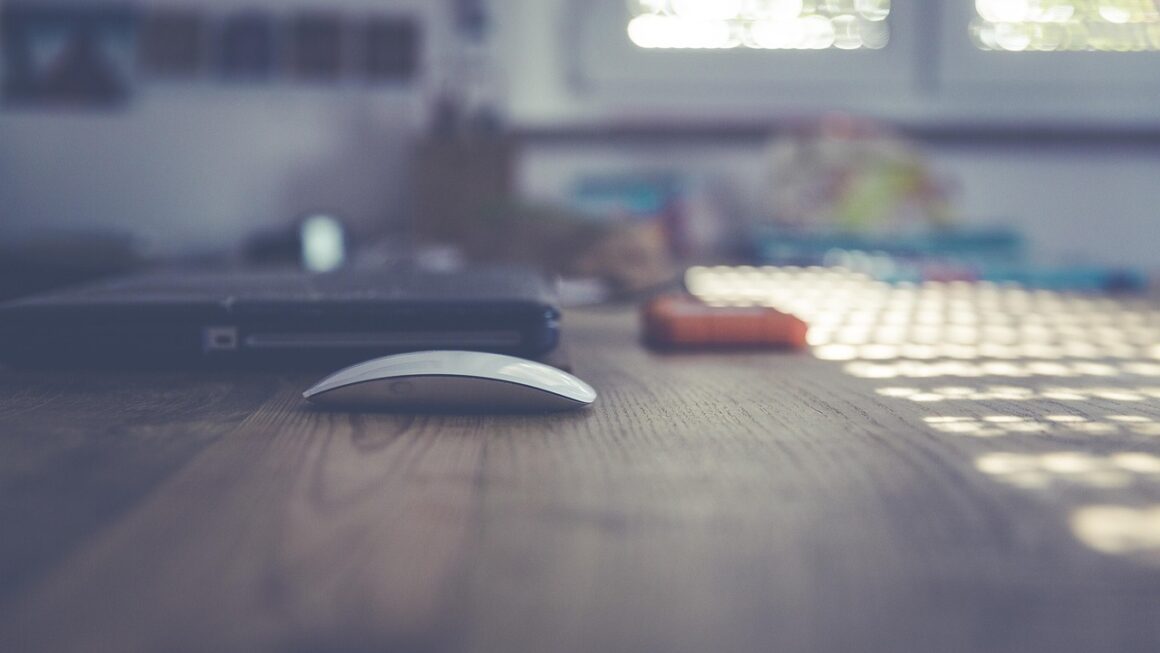In today’s hyper-connected world, we’re constantly bombarded with notifications, emails, and social media updates. While technology offers undeniable advantages, the relentless digital stimulation can lead to stress, anxiety, and a general sense of overwhelm. A digital detox, a conscious break from digital devices, can be a powerful tool to reclaim your focus, boost your well-being, and reconnect with the physical world. This guide will walk you through the benefits of a digital detox and provide practical steps to implement one effectively.
Understanding Digital Detox
What is a Digital Detox?
A digital detox involves intentionally reducing or eliminating your use of electronic devices such as smartphones, tablets, computers, and televisions for a specific period. It’s not about permanently abandoning technology, but rather about creating a healthier relationship with it. The goal is to disconnect from the digital world to reconnect with yourself and your surroundings.
Why is a Digital Detox Important?
The constant stream of information and stimulation can have negative effects on our mental and physical health. A digital detox can help to:
- Reduce stress and anxiety: Constant connectivity can lead to feeling overwhelmed and anxious.
- Improve sleep quality: Blue light emitted from screens can interfere with melatonin production, disrupting sleep patterns.
- Enhance focus and concentration: Stepping away from distractions allows you to better focus on tasks and improve productivity.
- Boost creativity: Disconnecting from the digital world can spark new ideas and perspectives.
- Strengthen relationships: Spending quality time with loved ones without digital distractions fosters deeper connections.
- Promote mindfulness: By being present in the moment, you can appreciate your surroundings and experiences more fully.
- Reduce eye strain and physical discomfort: Spending less time looking at screens can alleviate eye strain, headaches, and neck pain.
- Address symptoms of “techno-stress” and digital burnout.
Signs You Might Need a Digital Detox
Recognizing the signs of digital overload is the first step towards initiating a detox. Ask yourself:
- Do you constantly check your phone, even when you know there’s nothing new?
- Do you feel anxious or irritable when you’re without your devices?
- Do you have trouble focusing on tasks or conversations?
- Do you spend more time online than with friends and family?
- Is your sleep disrupted by late-night screen time?
- Do you experience headaches or eye strain after prolonged screen use?
- Do you often compare yourself to others on social media?
If you answered “yes” to several of these questions, a digital detox could be beneficial.
Planning Your Digital Detox
Setting Clear Goals
Before you begin, define what you hope to achieve with your detox. Are you aiming to reduce stress, improve sleep, or spend more time with loved ones? Having clear goals will help you stay motivated and track your progress.
Choosing the Right Duration
The duration of your digital detox depends on your individual needs and preferences. You can start with a short detox, such as:
- A few hours each day
- One day a week (e.g., “Tech-Free Tuesday”)
- A weekend getaway without devices
For a more intensive detox, you might consider a week or even longer. Experiment to find what works best for you. Consider the impact on your job/studies and plan accordingly.
Identifying Trigger Points
Identify situations or times of day when you’re most likely to reach for your devices. This could be during your commute, before bed, or when you’re feeling bored. Once you know your trigger points, you can develop strategies to avoid them.
Notifying Others
Let your friends, family, and colleagues know that you’ll be unavailable during your detox. This will prevent misunderstandings and ensure that people don’t worry if they can’t reach you immediately. Set up an “Out of Office” auto-reply on your email account explaining that you’re taking a break from technology and will respond upon your return.
Implementing Your Digital Detox
Gradual Reduction vs. Cold Turkey
Some people find it easier to gradually reduce their screen time, while others prefer to go cold turkey. Experiment with both approaches to see which one works best for you. A gradual approach might involve:
- Limiting social media use to a specific time each day.
- Turning off notifications for non-essential apps.
- Using a website blocker to prevent access to distracting sites.
A cold turkey approach involves completely disconnecting from all devices for a set period.
Practical Strategies for Disconnecting
- Create device-free zones: Designate certain areas of your home, such as the bedroom or dining room, as device-free zones.
- Set time limits: Use apps or built-in features on your devices to set time limits for specific apps or websites.
- Turn off notifications: Disable push notifications for all but the most essential apps.
- Charge your devices outside the bedroom: This will prevent you from being tempted to use them before bed or first thing in the morning.
- Use a physical alarm clock: Instead of relying on your phone, use a traditional alarm clock to wake you up.
- Inform family and friends about your goals and ask for support to keep you on track.
- Put your phone on “Do Not Disturb” mode during specific times.
Alternative Activities
Fill the time you would normally spend online with alternative activities that you enjoy. Here are some ideas:
- Read a book
- Go for a walk or hike
- Spend time in nature
- Practice yoga or meditation
- Cook a meal
- Engage in a hobby, such as painting, drawing, or playing a musical instrument
- Spend quality time with friends and family
- Volunteer in your community
- Learn a new skill
Dealing with Withdrawal Symptoms
It’s normal to experience some withdrawal symptoms when you first disconnect from technology. These might include:
- Anxiety
- Irritability
- Restlessness
- Feeling of missing out (FOMO)
- Difficulty concentrating
These symptoms are usually temporary and will subside as your body adjusts to being less connected. Be patient with yourself, and remember why you started the detox in the first place.
Maintaining a Healthy Digital Balance
Establishing Boundaries
Once your detox is complete, it’s important to establish healthy boundaries with technology to prevent yourself from falling back into old habits. This might involve:
- Setting specific times for checking email and social media
- Avoiding screen time before bed
- Taking regular breaks from technology throughout the day
- Prioritizing real-life interactions over online interactions
- Creating a tech-free routine for certain times of the day. For example, having a tech-free dinner or tech-free hour before bedtime.
Mindful Technology Use
Practice mindful technology use by being aware of how you’re using your devices and the impact it’s having on your well-being. Ask yourself:
- Am I using this device intentionally or out of habit?
- Is this activity contributing to my happiness and well-being?
- Am I neglecting other important aspects of my life because of this device?
- Could this time be better spent on something else?
Periodic Detoxes
Schedule regular digital detoxes to help you maintain a healthy relationship with technology. This could be a weekend detox every month or a week-long detox every year. These periodic breaks will help you reset your habits and reconnect with yourself.
Conclusion
A digital detox is a valuable tool for improving your mental and physical well-being in our increasingly digital world. By understanding the benefits, planning effectively, and implementing practical strategies, you can create a healthier relationship with technology and reclaim your focus, reduce stress, and enhance your overall quality of life. Remember that it’s not about eliminating technology completely, but about using it mindfully and intentionally. Embrace the opportunity to disconnect and rediscover the joys of the physical world.




